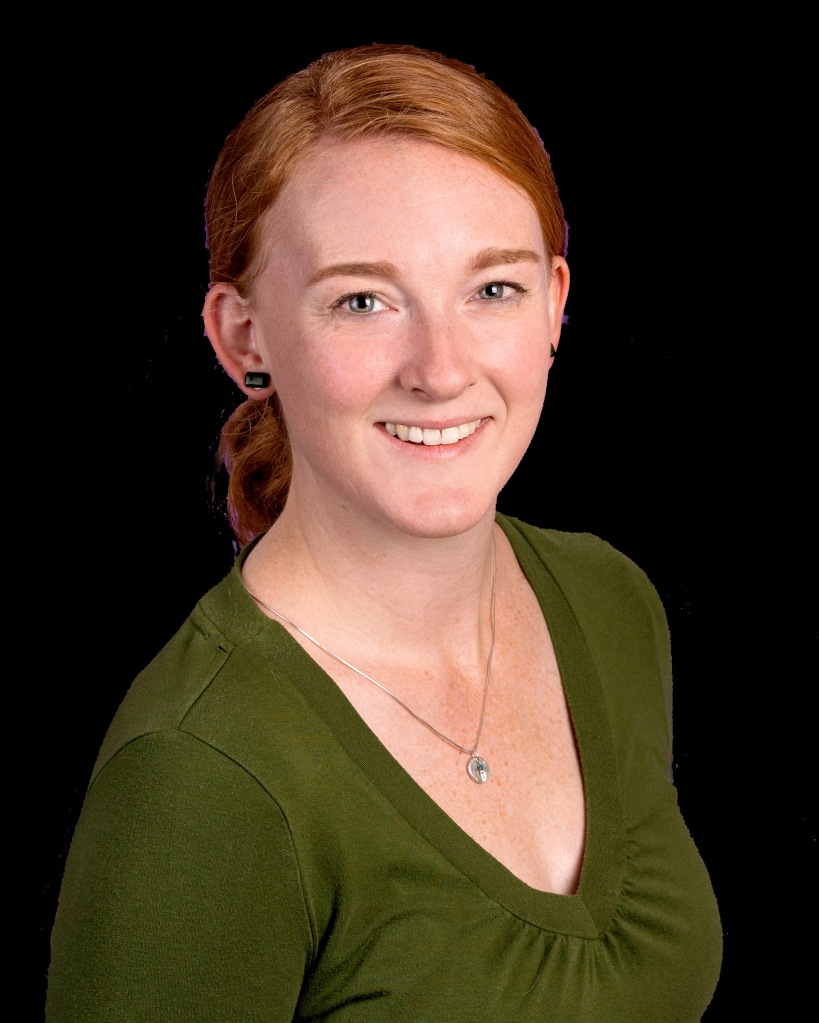As I finished Sherry Turkle’s Life on the Screen, I found that “Who Am We?” was sort of like an extensive overview of the book. I kept coming upon personalities who I knew from the article. Thus, it’s not surprising that the main points of the book and the article are the same. The following are some pieces I picked out of the book that are particularly intriguing or useful to me.
- I had not heard of the Turing Test before. This is a test conducted to determine whether a machine demonstrates intelligence, and it works by having an average human question the machine to see if they can figure out that something’s amiss (85). It was interesting that many people quoted in this chapter said that machines could pass the Turing Test, but only by using “tricks,” with the underlying assumption that this was a sort of cheat. Turkle addresses the “Turing tradition” of looking for intelligence vs. the “AI-as-psychology tradition” of looking for more in a machine.
- Turkle quotes Frederic Jameson as saying postmodernism requires a kind of “depthlessness” and a reduction of emotional authenticity. He said “there was nothing beyond simulation and surface” (103). People are happy to “suspend belief” and “take the program at interface value” (103). Meanwhile, Turkle also establishes that some simulation is real and some is not. While computers as psychotherapists can help people in some instances, in others they fall short. She quotes a young woman as saying the following: “Simulated thinking may be thinking, but simulated love can never be love” (109).
- Later, “an increasing number of people felt the tug of the computer as an extension of self” (110). She talks about how those who are technologically savvy are called “computer people,” as if they are part machine themselves. And the idea of engaging in emotional encounters with computers slowly lost its stigma. … This extension of self is fascinating and highly relevant to the work I hope to do in my Hypertext graduate project. Feeling as though one is a “computer person” and having a computer that feels like an extension of self are familiar feelings to me and, I think, many others of this time. Perhaps this is part of why losing a job or having a computer crash is so emotionally traumatic—these were parts of a person’s identity that are suddenly cut off. … This shift through time where people initially stigmatize and then come to accept emotional attachment to machines is explicated in more detail in Chapter 5, where Turkle interrogates a cycle of disavowal and appropriation “in response to a major change in the philosophy of artificial intelligence research” (126). This appropriation goes so far that Turkle is able to cite psychology greats such as Sigmund Freud, Melanie Kleine, and Jacques Lacan in this chapter.
- The Blind Watchmaker and The Game of Life, which seem to let creatures evolve on the screen, introduce the question: Can a creator play a significant game with her own creature? And what constitutes life? While the first question goes unanswered for obvious theological reasons, an answer is offered for the second question on page 152. Life requires 1) evolution by natural selection, 2) genetic program 3) a high level of complexity (which allows an organism to self-organize) and 4) self-organization. Later in the chapter, Turkle quotes psychiatrist Peter Kramer describing an incident when he prescribed an anti-depressants to a patient. The patient came back in saying he felt anxious, and Kramer assumed a biological response to the anti-depressant. Instead, he learned that the patient hadn’t taken the drug and was anxious because of the guilt of disobeying Kramer. Kramer then found himself seeking psychological sources for the patient’s anxiety (173). In what ways is biology machine-like? Does the perfect combination of meds made the body respond in a predictable way, just like a machine?
- Turkle introduces “identity cycling,” which some societies have kept “under fairly stringent control” (179). But there have always been those expected to perform this cycling, like the shaman in tribal societies or the “split personality” in modern times. The Internet provides a safe place for people to break this socially normative edict against identity cycling—and they do. (It is interesting that Turkle notes the Latin root of the word persona on page 182. She says it translates as “that through which the sound comes,” making it a rather literal reference to a metaphorical mask.) Some online players use identity cycling to work on the “self as a work in progress” (190). MUDs and the Internet are also an interesting alternative to the adolescent moratorium that Turkle says is now defunct (I disagree that college doesn’t function this way anymore). In many ways, the Internet can provide a safe(r) space for adolescents to play with identity. It’s important that Turkle notes the complexity of this safety, though: “Life in cyberspace, as elsewhere, is not fair. To the questions, ‘Are MUDs good or bad for psychological growth?’ the answer is unreassuringly complicated, just like life” (204-5).
- Related to the formation of identity is the question of whether authenticity and simulation can co-exist. In some online spaces, there is an expectation that people are playing roles that are not representative of the “real” person behind the mask. But does that mean these roles are inauthentic? Turkle brings up this discussion in terms of online rape and other crimes (254). If a person’s avatar is taken from their control in such a situation, is there authenticity to that simulation? Can something psychologically “real” come out of it?
- Finally, Turkle comes to the idea of multiplicity. “If we take the home page as a real estate metaphor for the self, its décor is postmodern … Home pages on the Web are one recent and dramatic illustration of new notions of identity as multiple yet coherent” (259). In this section, Turkle discusses building her own home page and the various kinds of identity it introduces to visitors. Turkle says some questions that have been posed to post-traumatic dissociative disorder patients in the past now apply to inhabitants of virtual communities: “What is the self when it functions as a society? What is the self when it divides its labors among its constituent ‘alters’?” (259). For some, the ability to have multiple personae manifests in “an uncomfortable sense of fragmentation, some a sense of relief” (260). This all points to the challenges and rewards of something new and real: In the Internet age, it’s likely that people who live lives on the screen will have to adapt to a more fluid sense of self.

